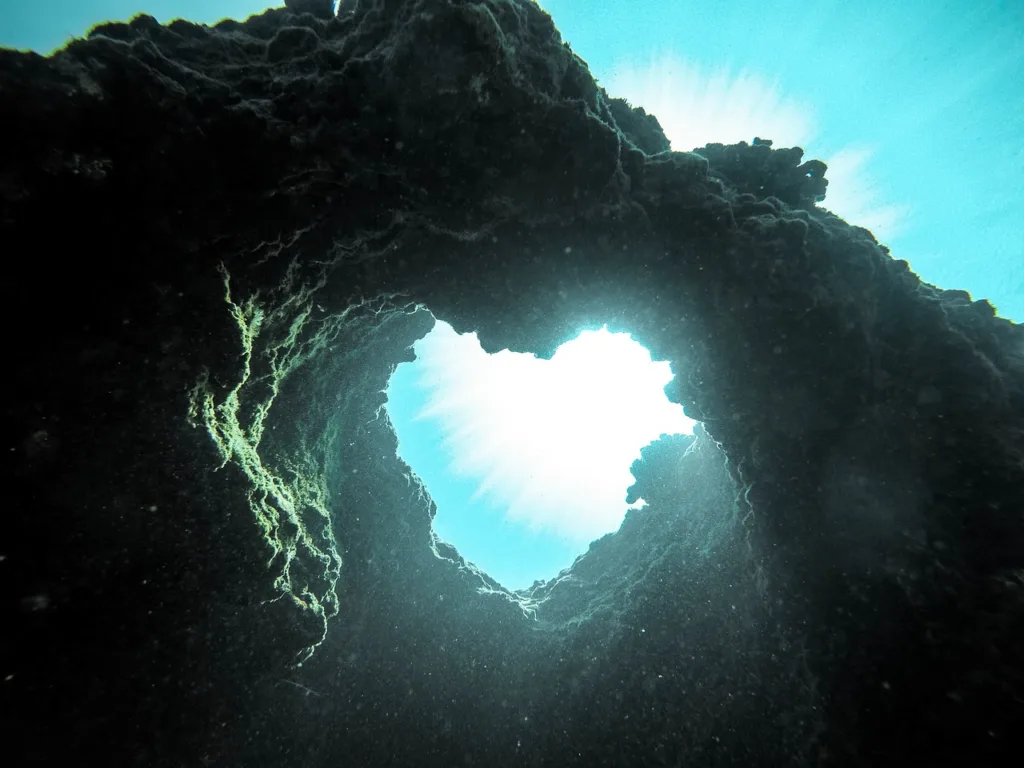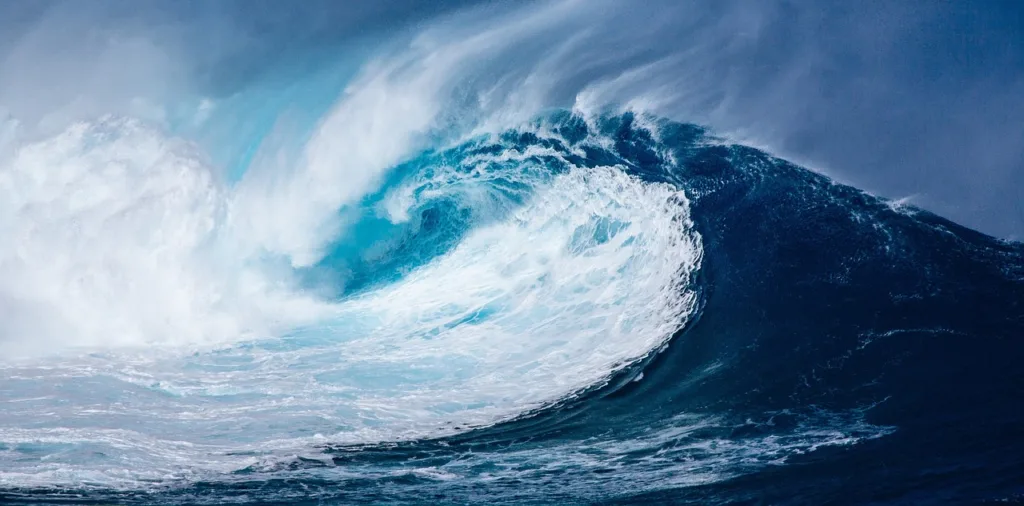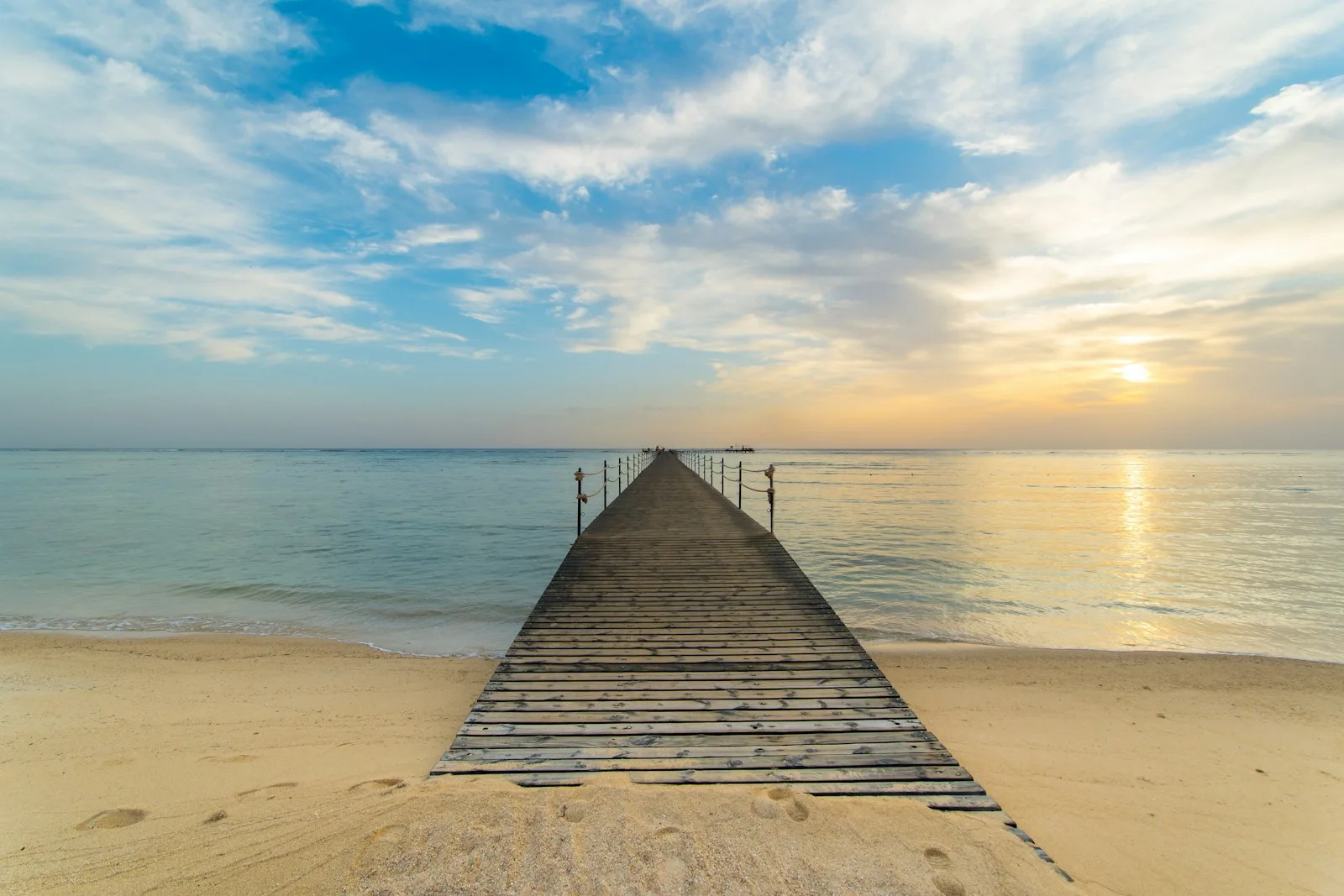Table of Contents
A “death pool” that kills everything “immediately” has been found at the bottom of the sea.
Scientists have found a remarkable discovery that may provide insight into the origins of life itself: the deepest parts of the Red Sea.
When a University of Miami research team descended to the bottom of the narrow sea that separates Africa from the Arabian Peninsula, they were confronted by dense, briny lakes known as “death pools.”
These are some of the most severe settings on Earth, thus the frightening moniker makes sense.
The uncommon pools are oxygen-free and hypersaline, which is another word for extremely salty. They form on the sea floor.

They are actually so hostile that any animal that ventures into their saline waters is instantly rendered unconscious or dead.
They manage to be teeming with living bacteria in spite of all of this, which may provide clues about the origins of life on Earth and the evolution of life on planets with plenty of water.
According to Sam Purkis, a marine geosciences professor at the University of Miami who oversaw the investigation into the data, “our current understanding is that life originated on Earth in the deep sea, almost certainly in anoxic — without oxygen — conditions,” Live Science said.
Deep-sea brine pools, although hypersaline and oxygen-free, have a rich colony of so-called ‘extremophile’ bacteria and provide an excellent model for the early Earth.
“So, researching this community offers a window into the kinds of environments where life originated on Earth and could potentially direct efforts to find life on other ‘water worlds’ within and outside of our solar system.”
As if that weren’t enough, Purkis said, the pools might also provide microbial discoveries that result in the creation of novel medications.
“Molecules with antibacterial and anticancer properties have previously been isolated from deep-sea microbes living in brine pools,” he said.
There are just a few dozen deep-sea brine pools in the globe that are between a few thousand square feet to around a square mile (2.6 square kilometers) in size.

Moreover, these uncommon pools are only known to exist in three bodies of water: the Red Sea, the Mediterranean Sea, and the Gulf of Mexico.
The majority of these lakes are found in the Red Sea, where they are believed to have formed from dissolving pockets of minerals that were deposited between 23 and 5.3 million years ago, during the Miocene epoch, when sea levels in the area were lower than they are now.
All Red Sea brine lakes that were known to exist were at least 15.5 miles (25 kilometers) offshore as of 2020.
But in the Gulf of Aqaba, a northern region of the Red Sea, Purkis and his associates found the first of these pools that year. The pools were located barely 1.25 miles (two kilometers) from the shore.
During an exploration mission led by the exploration company OceanX, the ground-breaking discovery was made.
The goal of this study expedition was to examine Saudi Arabia’s Red Sea coastline, “an area which has so far received little attention,” according to Purkis.
He and his associates named the pools the NEOM Brine Pools, after the Saudi development corporation that provided funding for the study, after they used a remotely operated underwater vehicle (ROV) to identify the pools 1.1 miles (1.77 kilometers) below the Red Sea’s surface. .

Three smaller pools had a diameter of less than 107 square feet (10 square meters), while the largest pool was around 107,000 square feet (10,000 square meters).
According to Purkis, “there is normally not much life on the seabed at this great depth,” Live Science said.
But the brine ponds are an abundant life paradise. A wide variety of species are supported by dense microbial carpets.”
According to Purkis, the fish, shrimp, and eels that seemed to hunt in the brine were the most fascinating of them.
“Any animal that strays into [it] is immediately stunned or killed,” he said, citing the brine’s oxygen-deficient environment. Then, he continued, “the predators that lurk near the brine feed on the unlucky.”
Due to their closeness to the coast, these pools may have collected runoff from the land, which could have incorporated terrestrial materials into their composition.
This suggests that they might act as special archives, keeping records of the thousands of years’ worth of tsunamis, floods, and earthquakes that have struck the area.

Core sediment samples taken from the recently discovered brine lakes “represent an unbroken record of past rainfall in the region, stretching back more than 1,000 years, plus records of earthquakes and tsunami,” according to Purkis.
According to his team’s research, significant floods caused by heavy rain “occur about once every 25 years, and tsunamis [take place] about once every 100 years” throughout the previous millennium.
According to Purkis, these findings about the likelihood of tsunamis and other natural disasters could provide “very important lessons for the massive infrastructure projects that are currently being built on the coastline of the Gulf of Aqaba.”
“Whereas the coastline of the Gulf of Aqaba has traditionally been sparsely populated, it is now urbanising at an astonishing rate.”
In the years to come, “we aim to work with the other countries that border the Gulf of Aqaba to widen the assessment of earthquake and tsunami risk,” Purkis stated.
With “more sophisticated coring equipment to try to extend our reconstruction back beyond 1,000 years, deeper into antiquity,” he and his colleagues also intend to revisit the brine pools.
read also : New feature of light discovered by a research team 2024
‘Death pool’ discovered at the bottom of the sea that kills everything ‘immediately’ (msn.com)
When a University of Miami research team descended to the bottom of the narrow sea that separates Africa from the Arabian Peninsula, they were confronted by dense, briny lakes known as “death pools.”
These are some of the most severe settings on Earth, thus the frightening moniker makes sense.


1 thought on “A “death pool” that kills everything “immediately” has been found at the bottom of the sea.”